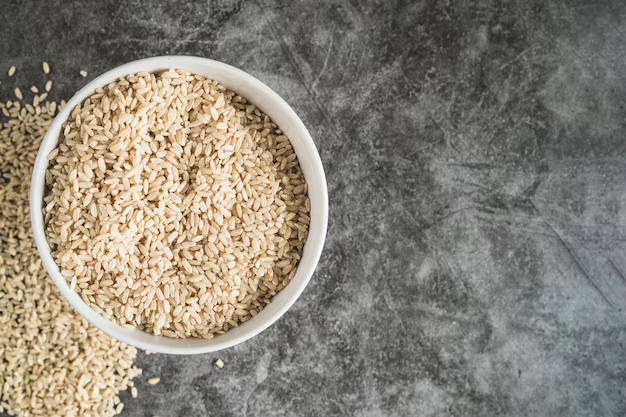Can Brown Rice Improve the Health Journey for Diabetics?
Navigating dietary choices is crucial for individuals managing diabetes. A commonly pondered question surfaces: Is brown rice a better dietary option for diabetics compared to its polished counterpart, white rice? Let's delve into the nutritional benefits of brown rice and its potential impact on blood sugar levels.
The Nutritional Edge of Brown Rice
Brown rice retains its bran and germ, offering a wealth of nutrients that are often stripped away during the processing of white rice. This whole grain powerhouse is rich in fiber, which plays a pivotal role in blood sugar control by slowing down the rate of carbohydrate absorption into the bloodstream. The lower the absorption rate, the less severe blood sugar spikes tend to be—an essential benefit for diabetics.
Moreover, brown rice contains essential vitamins and minerals such as magnesium, phosphorus, and B vitamins, which are beneficial for overall health. Magnesium, in particular, is known to improve insulin sensitivity—a crucial factor for those managing diabetes.
Glycemic Index and Blood Sugar Impact
The glycemic index (GI) is a tool that measures how quickly foods elevate blood sugar levels. Brown rice is often preferred over white rice in diabetic diets because it has a lower GI. While the exact figure can vary, brown rice usually ranks around 50-55 on the glycemic index, whereas white rice can sit between 70-90.
Eating foods low on the glycemic index, like brown rice, leads to more stable post-meal blood sugar levels. For diabetics, this stability is not just beneficial; it's a necessity for maintaining health and preventing complications.
Making the Healthier Choice
While brown rice is seen as a better staple for diabetic diets, it's important to note that portion control and balanced meals are paramount. Combining brown rice with protein sources and vegetables can further mitigate blood sugar spikes and lead to a more satisfying and nutritious meal.
Beyond Diet: Financial and Educational Support
Effective diabetes management goes beyond making smart food choices. The associated expenses can sometimes feel overwhelming. Fortunately, various government aid programs and financial assistance options are available to ease this burden. Additionally, educational resources can empower individuals with diabetes to manage their condition more effectively and with confidence.
For those looking to pursue educational opportunities that could open doors to improved career prospects and financial stability, educational grants can offer necessary support without adding to financial stresses.
Exploring Your Opportunities
Here’s a helpful roundup of financial supports and educational resources that you may find beneficial:
- 💰 Federal Nutritional Assistance Programs: Programs like SNAP can help cover monthly food expenses, ensuring access to healthier food options like brown rice.
- ✔️ Health Coverage Grants: Look for state or national programs offering grants to cover diabetes-related healthcare costs.
- 🏦 Debt Management Services: Supports designed to aid in managing or reducing medical debt.
- 📘 Educational Grants: Specifically for low-income individuals or those wanting to enter health-related fields.
- 💳 Credit Solutions: Look into low-interest credit options tailored to cover unexpected medical expenses or dietary needs.
Choosing the right foods is a step towards better diabetes management, but leveraging available support can truly enhance overall well-being. By combining smart dietary choices with informed financial and educational decisions, individuals with diabetes can work towards a healthier and more stable future.
